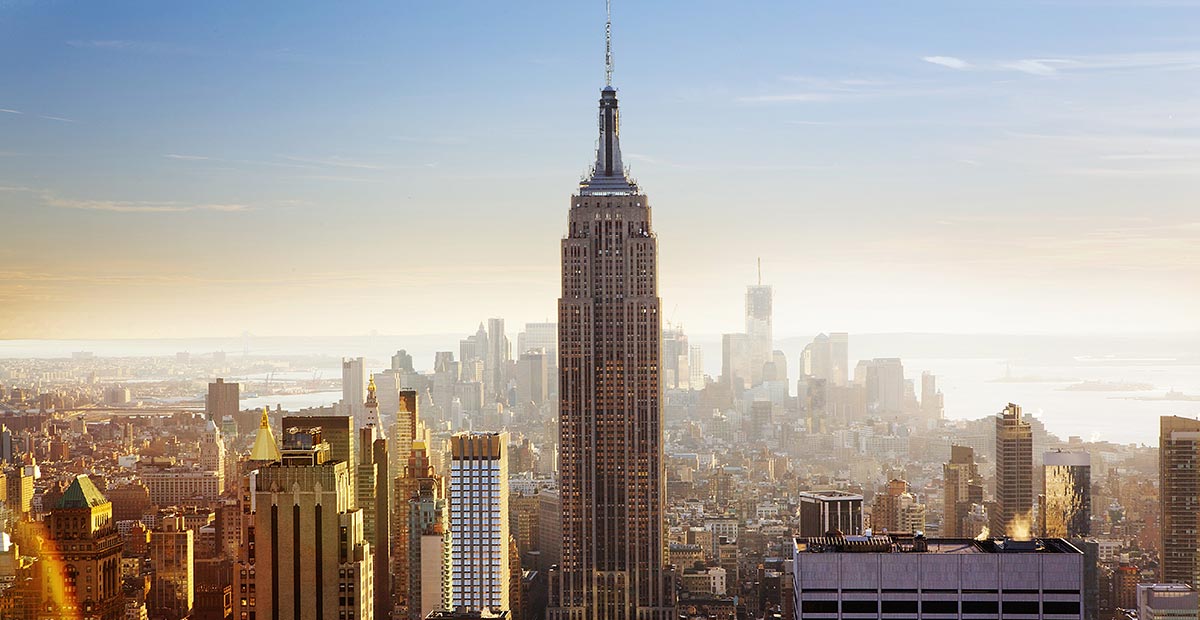
Iconic buildings are a trademark of a city. Think about New York, London, Paris or Dubai and you’ll suddenly remember the Empire State building, The Shard, Eiffel Tower and Burj Khalifa respectively. When it comes to the widely recognizable symbols of the city, there are certain attributes that seem to contribute to the famous architectural sites. The legendary status of many timeless buildings lies in the iconic design and architecture. Apart from standing out visually, unique silhouettes, material innovation and public accessibility, are some of the key aspects of a building to confer the status of “iconic”.
Behind the scenes at these timeless structures is the vision of the maestros who transform the city’s skyline with their spectacular creations. Soaring from the vision of the legendary architectural firm Pei Cobb Freed & Partners, who have designed and built over 250 landmark developments around the globe, is one such extraordinary icon - The World Towers. With The World Towers in Mumbai, as in the Louvre Museum expansion in Paris, the John Hancock Tower in Boston and the Bank of China tower in Hong Kong, Pei Cobb Freed & Partners brought together stellar design, vast expertise and finely- tuned sensibilities, to create a global icon and residences beyond par.
Combining iconic architecture with the most generous and pleasing apartment layouts; inside and outside come together in each and every apartment as the towers’ memorable curvilinear exteriors shape living spaces with decks and sweeping panoramic views. The three towers share common cloverleaf plan geometries and façade design—a sinuous pattern of light silver-coloured aluminium cladding, accented at each window and deck with a contrasting silver-grey lining. The towers form a pinwheel composition as they meet the ground in the development’s circular courtyard, which is centred on Mumbai’s largest private dancing fountains, built by the designers of the fountains at the Bellagio in Las Vegas. Self-shading, cross ventilation, high-performance insulating glass, and a wide array of efficient mechanical and electrical systems integral to the architectural design contribute to an overarching strategy for sustainable design.
There are a lot of other aspects that make The World Towers iconic. For one, it’s amongst the most structurally robust high-rises in the country. In a never seen before feat in Indian residential space, World One has been constructed with M-95 grade of concrete. Bringing in a wealth of expertise constructing some of the world's tallest and most complex structures, Leslie E. Robertson Associates (LERA) introduced a unique structural design that ensures the towers withstand strong winds and seismic movements. Creating an icon that can truly stand the test of time.
Giving presence to the idea that skyscrapers should contribute as much to the life of the city as their crowns contribute to the skyline, The World Towers’ entry lane itself is one of several important features of the development - “The Avenue”, a 4-lane boulevard seamlessly connects the 17-acre development to the city. Lined with fine dining restaurants and a public park contributed to the city’s rich heritage by Lodha, the Avenue ensures that The World Towers are an integral part of the city and that the city’s life and energy infuses into the experience of The World Towers.
With the unique design, craftsmanship and global legacy combined with the rich fabric of Mumbai, The World Towers stands today as a defining landmark and a true icon offering the best and finest in the city.